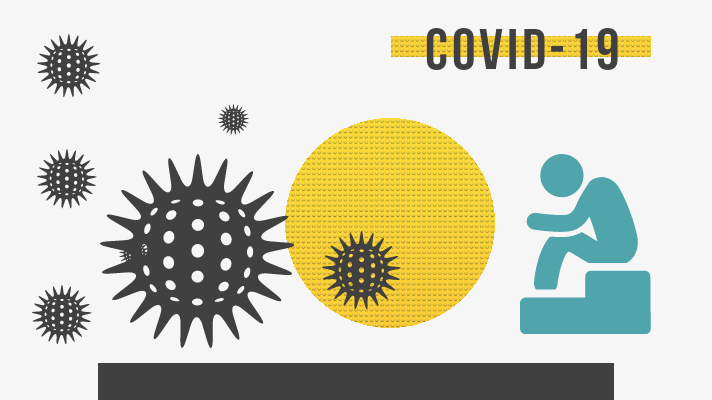Enhancing Social Connectedness between the Elderly and their families in the Covid-19 Pandemic

The world is currently battling an unexpected and unprecedented war against an invisible enemy, the Coronavirus (Covid-19). The UN asserts that many elderly people in response to this pandemic, have been confined to staying indoors, and their sources for family and emotional support have been drastically cut-off. Today, social distancing has become a buzzword to flatten the curve. However, this precautionary solution threatens to heighten the negative implications of social isolation and loneliness, of which the vulnerable elderly have been predisposed. As a result, public, private, and not-for-profit organizations are searching for solutions to mitigate the social pains associated with this pandemic.
Considering Maslow's hierarchy of needs, everyone has the need to feel a sense of love and belonging. Thus, to bridge the gap of social distancing people are currently relying on digital technologies to stay connected with their elderly loved ones. Examples include but are not limited to the following:
- Skype
- Facetime
- Zoom
However, while these social tools are beneficial to satisfy the urge for a sense of belonging, they are not enough to provide that sense of assurance that our vulnerable loved ones are safe during this crisis. Accordingly, this brings to the fore the need for solutions that assure carers of the safety and general well-being of their elderly loved ones as well as technologies that illicit an implicit sense of bidirectional connectedness to both the elderly and their family members.
One prime example, is the Social Hue designed by Davis et. al., (2017), these innovators designed an activity-based system to promote bidirectional awareness and social connectedness between the elderly and their loved ones. Activities were detected using the smartphone's sensors and rendered using an ambient lighting system (the Philips Hue lamp, a smart -cane, and -wallet) to stimulate a sense of presence and awareness between both parties. The results were favourable as users confirmed a sense of indirect presence and pervasive connectedness during the trial. Most importantly, the users saw the relevance of such ambient technologies and were highly inclined to adopt the application in their own lives.
Accordingly, in this period of social distancing for safekeeping, the research results show that interventions like the Social Hue are extremely relevant to provide holistic support and enhance social connectedness between the elderly and their caregivers.

Created by
Evans Boateng Owusu
Evans is a Computer Engineer and cloud technology enthusiast. He has a Masters degree in Embedded Systems (focusing on Software design) from the Technical University of Eindhoven (The Netherlands) and a Bachelor of Science in Electronic and Computer Engineering from the Polytechnic University of Turin (Italy). In addition, he has worked for the high-tech industry in the the Netherlands and other large corporations for over seven years.